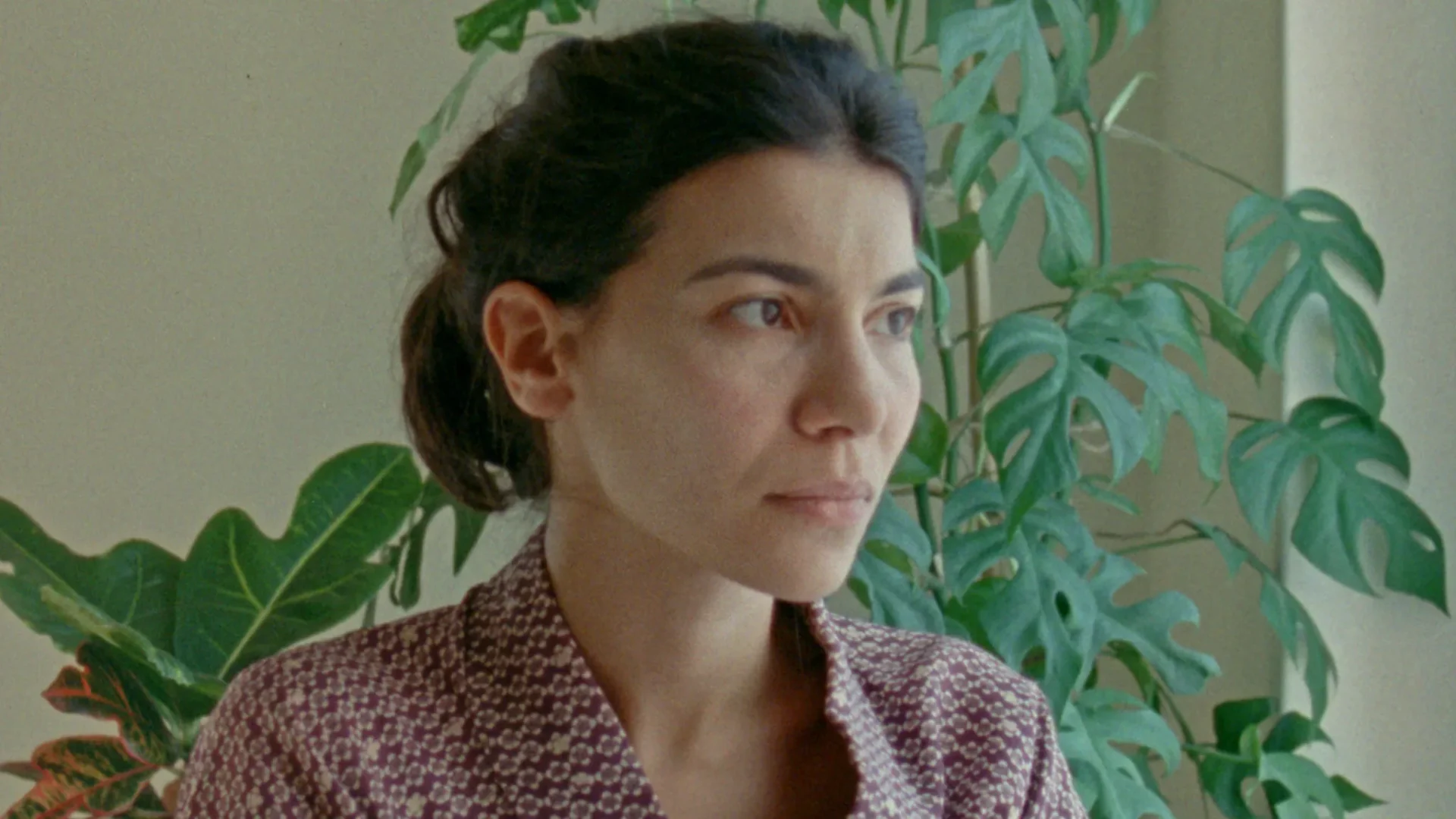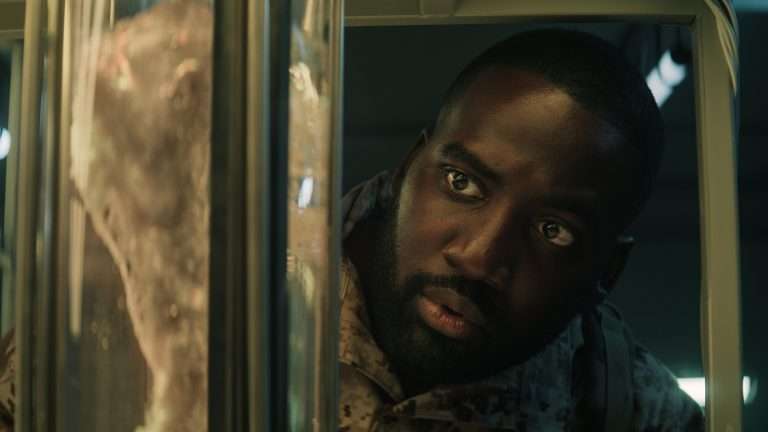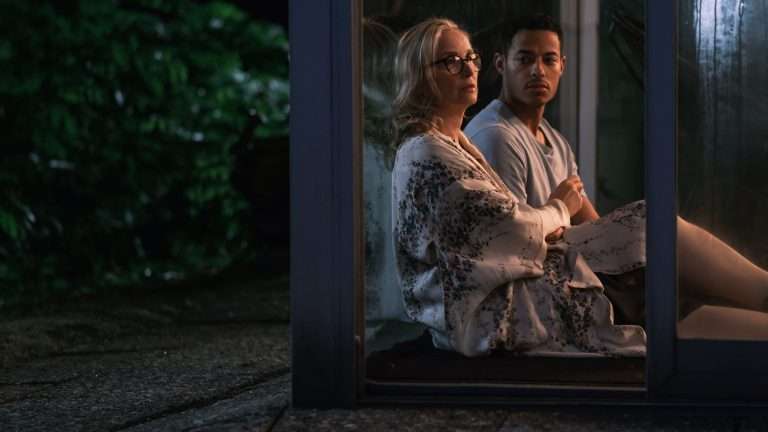The first time I encountered Pedro Neves Marques’ 2022 film Becoming Male In The Middle Ages (Original Title: Tornar-se um Homem na Idade Média), I was awestruck by the symphony of gender issues across the world. The Portuguese short confronts a steadfast quest to demarcate the ‘simulacrum’ and the ‘original,’ bringing into play the heritable traits of natural selection. It begins with a profound opening: “Why did you bring me this piece of meat? Can I call it meat?”
The reddened raw flesh carries the mannerism of a stigma, an abandoned bundle that is still being scrutinized for ‘authentic identity.’ The intersectional dilemma begins with the presence of a lab-made genetically created flesh ‘produced from scratch.’ The entailment emulsifies the bucolic lesson of our regular school days – 1. Cells are the smallest unit of any organism 2. No animal was killed to make that meat (although the statutory warning crumbles inertly).
Deleuze, as a modern political subject, made the farthest distinction between ‘repetition’ and ‘generality,’ categorically placing the liability of any definition. The film declares thus: “Truth doesn’t make sense anymore.” Generality, according to the philosopher, is composed of two different orders. First comes the qualitative order (resemblances), and second, the quantitative order (equivalences).
The equalities within recurrent notions of life cycles formulate the primary typography of general phenomena. On the other hand, repetition is a particularistic mannerism related to ‘something unique or singular that has no equal or equivalent.’ Repetition has undoubtedly been called the ‘universality of the singular.’ The crisis of identity in the film grapples with this question repeatedly.
As the ovary is implanted surgically below the protagonist Vicente’s belly button, the knowledge of self becomes abysmal, while the organ turns abstract. What does it feel like to convert? Does one know what it is to ‘have’ a stomach, a uterus, a heart? However, the friend and female character corrects him – At least there are ‘no female hormones that are moody and wild.’
The conflict between the original mother and the ‘surrogate’ further dissolves into a battle between the biological mother (with uterus) and hormonal mother (with resurrected ovary and syringe-harvested eggs). The male cannot expect a child even after this unduly emotional procedure, as fertilization depends entirely upon chance.

In both cases, the lack of eggs in the ovary is synonymous with miscarriage, a ‘failed male pregnancy.’ An immediate tantrum is addressed – “In getting pregnant, are they stealing the place of women?” It is still a substantial question. Are women more patriarchal than men in the liberation spectrum of the world, or are they emancipated from the stereotypical roles provided that the birth (or death) of a fetus is still in their hands? The film deals with this paraphernalia but in a twisted way.
Vicente’s boyfriend doesn’t want a child, but he supports the needs of Vicente. The expression would be, ‘Things between the body and mind aren’t that clear.’ Is the failure of pregnancy a psychosomatic abhorrence? Is the body keeping score of the trauma faced by the mind?
Becoming Male In The Middle Ages is symbolic in more ways than one. The antonym of a happy (prolonged) life is the Big C. Mirene thinks of a woman who gets ovarian cancer, a variant that can be contracted by 1 in 78 women across the world. Helping her trans-friend overcome the depressive symptoms of her pregnancy, she thinks of getting back her ovary through a transplant in case she hits one. Even after trying her hardest, her hopes are dashed. Her hormonal cycles are treated as an assembly-line product or the best to send an email, e.g., a full moon night for the best fertility rate. She is relieved once she learns that the defect is in the motility rates of her husband, wherein 1 in 6 men have infertility.
Subsequently, her calculations shift to the inequality in terms of wages – ‘A male-male couple earns more than lesbian couples do.’ She was, at the same time, sympathetic to the pain. Vicente was ‘collecting scars’ due to his repeated surgeries. The loss of tissues from his arms and thighs shows its bearer the fragility of the body that never really belongs to us. As soon as the sperms start to disseminate, the designated surrogate meets with cancer, only to be reassured by the shrink- ‘But I ask you not to lose hope, we’ll find a belly.’
The ironic transition of Mirene in developing her spree to replace the surrogate is not taken on good terms by Vicente. Of course, she is ‘too close to family,’ but what is the mode of preference, the criterion of familial spaces? The intersectional couple agrees – ‘It sounds artificial.’ Mirene pre-disposes this comment with her rebuke as the closing line – ‘We can create our own artificiality.’
The child’s awareness of sex-related attributes and cognitive-developmental models are often circumscribed by the horizon of the gaze, a demand of origin as per the environmental and social factors. As much as it is associated with preliminary and causal factors, a hiatus of support and analogies envelops the growth of such behaviouristic features. It is, therefore, imperative to critically examine the misconceptions about cisgender men and their fertile abilities, in direct contradiction to the transmasculine, genderqueer, or nonbinary identities, especially when one is assigned female at birth (AFAB).
The film is a direct inquiry into what it feels like to be obstructed by notions. Does a vagina exist, or is an organ to be pluralized as machinery? Does individual psychology play a determining factor in effective testosterone release for pregnancy prevention? And lastly, what is it like to be a mother?







